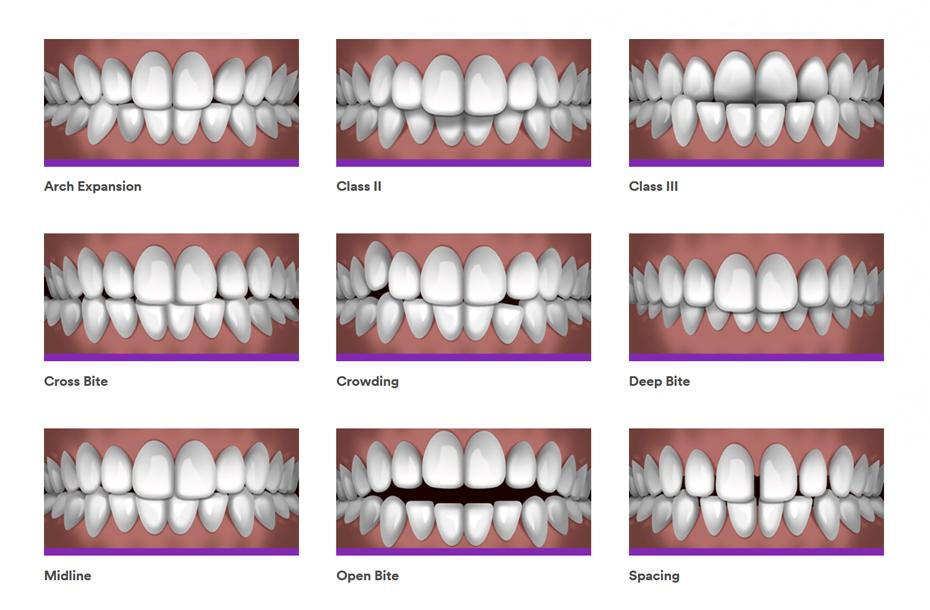Some Known Details About Causey Orthodontics
The 25-Second Trick For Causey Orthodontics
Table of ContentsSome Known Details About Causey Orthodontics Some Known Details About Causey Orthodontics The 7-Second Trick For Causey OrthodonticsSome Known Facts About Causey Orthodontics.The Facts About Causey Orthodontics Uncovered
Neglecting occlusal partnerships, it was typical to remove teeth for a range of dental concerns, such as malalignment or congestion. The idea of an intact teeth was not widely valued in those days, making bite correlations appear unimportant. In the late 1800s, the principle of occlusion was necessary for creating reputable prosthetic replacement teeth.As these principles of prosthetic occlusion proceeded, it came to be a vital device for dental care. It was in 1890 that the work and impact of Dr. Edwards H. Angle started to be really felt, with his contribution to contemporary orthodontics specifically noteworthy. Focused on prosthodontics, he taught in Pennsylvania and Minnesota prior to guiding his attention in the direction of oral occlusion and the treatments needed to maintain it as a regular condition, therefore ending up being understood as the "dad of contemporary orthodontics".

The concept of suitable occlusion, as postulated by Angle and included right into a category system, enabled a shift towards treating malocclusion, which is any kind of deviation from normal occlusion. Having a full set of teeth on both arches was highly demanded in orthodontic therapy because of the need for precise relationships in between them.
An Unbiased View of Causey Orthodontics
As occlusion came to be the essential top priority, facial percentages and appearances were disregarded - orthodontist expert. To accomplish perfect occlusals without utilizing external pressures, Angle proposed that having best occlusion was the most effective means to gain maximum face visual appeals. With the passing away of time, it came to be quite noticeable that also a phenomenal occlusion was not suitable when thought about from an aesthetic factor of sight
It came to be obvious that orthodontic therapy could adjust mandibular development, leading to the development of useful jaw orthopedics in Europe and extraoral pressure actions in the United States. Nowadays, both practical home appliances and extraoral gadgets are applied around the world with the purpose of modifying growth patterns and types. Subsequently, going after true, or at the very least boosted, jaw connections had become the major goal of treatment by the mid-20th century.
The smart Trick of Causey Orthodontics That Nobody is Talking About
 Up until the mid-1970s, dental braces were made by covering metal around each tooth. https://app.roll20.net/users/13882108/causey-orthodontics., it became feasible to rather bond steel braces to the teeth.
Up until the mid-1970s, dental braces were made by covering metal around each tooth. https://app.roll20.net/users/13882108/causey-orthodontics., it became feasible to rather bond steel braces to the teeth.Andrews gave an insightful meaning of the ideal occlusion in permanent teeth. This has had significant results on orthodontic therapies that are administered routinely, and these are: 1. Right interarchal connections 2. Right crown angulation (pointer) 3. Correct crown disposition (torque) 4. No turnings 5. Limited contact points 6. Flat Curve of Spee (0.02.5 mm), and based upon these concepts, he discovered a treatment system called the straight-wire home appliance system, or the pre-adjusted edgewise system.
The advantage of the style depends on its bracket and archwire mix, which needs just minimal cable flexing from the orthodontist or clinician (orthodontist near me). It's appropriately named after this feature: the angle of the slot and thickness of the brace base inevitably establish where each tooth is located with little need for added control
All About Causey Orthodontics
Both of these systems used identical braces for each tooth and demanded the bending of an archwire in three aircrafts for finding teeth in their wanted settings, with these bends determining supreme positionings. When it pertains to orthodontic appliances, they are split right into 2 types: detachable and taken care of. Detachable appliances can be tackled and off by the client as called for.

Hence, mostly all modern set home appliances can be thought about variants on this edgewise device system. Early 20th-century orthodontist Edward Angle made a major payment to the world of dentistry. He created 4 distinct device systems that have been made use of as the basis for numerous orthodontic therapies today, disallowing a couple of exceptions.
What Does Causey Orthodontics Mean?

The wire finished in a string, and to relocate forward, a flexible nut was utilized, which permitted a boost in circumference. By ligation, each specific tooth was affixed to this extensive archwire (Causey Orthodontics). Due to its limited array of movement, Angle was not able to achieve precise tooth placing with an E-arch
These tubes held a soldered pin, which could be rearranged at each visit in order to move them in place. Referred to as the "bone-growing device", this device was thought to motivate healthier bone development because of its potential for moving pressure straight to the roots. Applying it verified frustrating in fact.